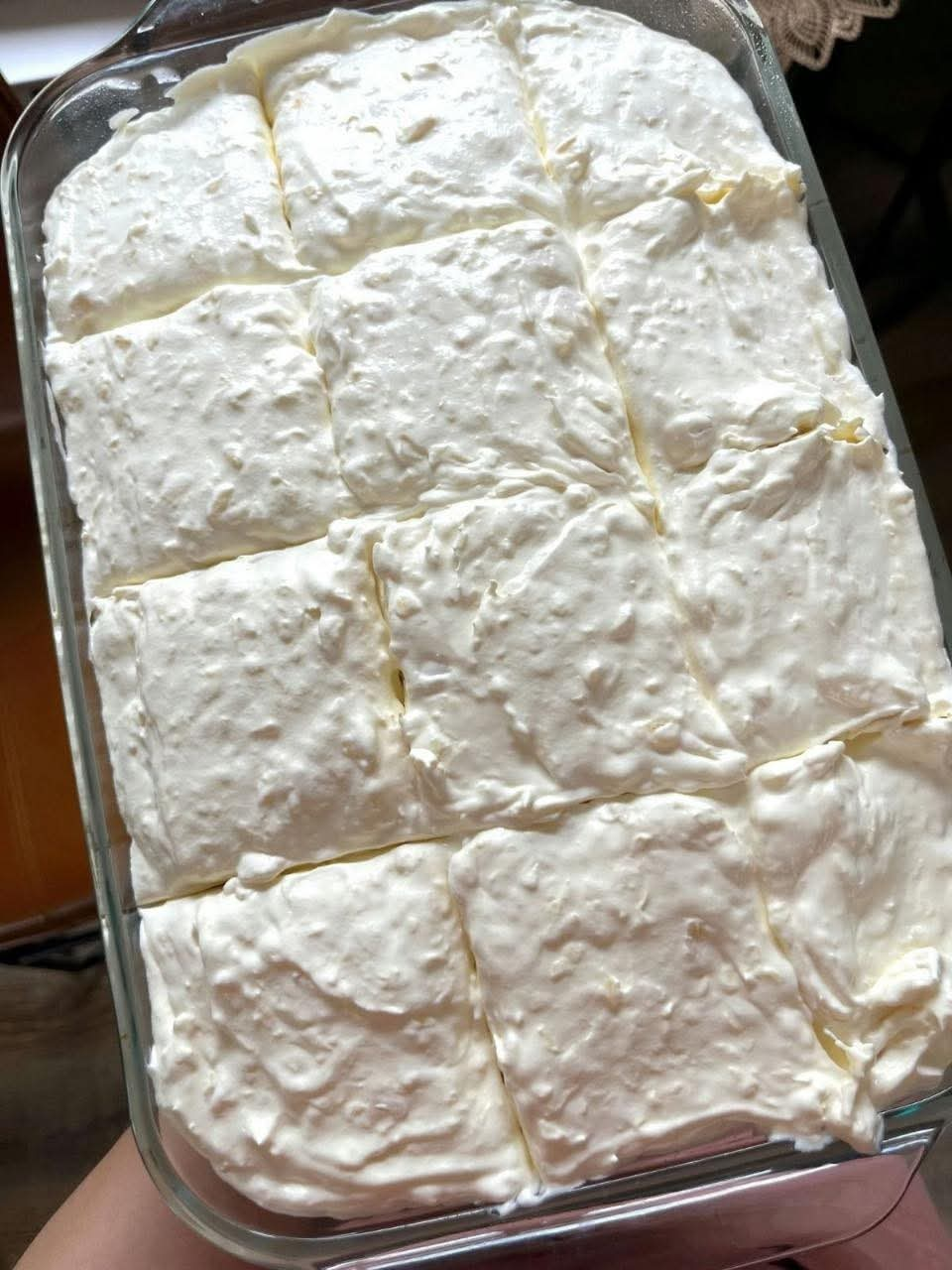Yellow roses are a symbol of warmth, joy, and friendship. Their golden hues brighten gardens and floral arrangements, making them a favorite among gardeners and flower enthusiasts. Whether used as a heartfelt gift or a striking addition to a garden, yellow roses radiate positivity. In this article, we’ll explore the meaning behind yellow roses, their care requirements, and tips for growing them successfully.
The Meaning and Symbolism of Yellow Roses
Roses have long been associated with different emotions and occasions. While red roses symbolize love and passion, yellow roses convey messages of friendship, happiness, and new beginnings. They are often gifted to celebrate milestones, such as graduations, birthdays, and new job opportunities.
Yellow roses also have a rich history. During the Victorian era, they were seen as a symbol of jealousy, but over time, their meaning evolved to represent warmth and affection. Today, they are widely exchanged between friends, colleagues, and loved ones to spread cheer and appreciation.
Types of Yellow Roses
There are several varieties of yellow roses, each offering unique beauty:
- Golden Celebration Rose
A lush, fragrant variety with large, golden-yellow blooms.
Known for its strong tea scent and repeat blooming throughout the season.
- Julia Child Rose
Named after the famous chef, this variety features butter-yellow blooms.
It is a disease-resistant floribunda rose, ideal for home gardens.
- Graham Thomas Rose
A climbing rose with deep yellow petals and a delightful fragrance.
Perfect for trellises, fences, and arbors.
- Sunsprite Rose
A compact variety with bright yellow flowers and an intense fragrance.
Works well in borders and containers.
How to Grow and Care for Yellow Roses
Growing yellow roses requires attention to sunlight, soil quality, and watering routines. Here’s how you can ensure a healthy, vibrant rose garden.
- Light Requirements
Yellow roses thrive in full sun, meaning they need at least 6 to 8 hours of direct sunlight daily. When planted in areas with ample sunlight, they produce larger blooms and maintain healthy foliage. If grown in partial shade, they may become leggy and produce fewer flowers.
- Soil Conditions
Roses prefer well-draining, nutrient-rich soil with a slightly acidic pH of 6.0 to 6.5. You can enhance the soil by adding organic compost, aged manure, or peat moss to improve aeration and fertility. Avoid heavy clay soil, as it can retain too much moisture and cause root rot.
- Watering Guidelines
Proper watering is essential for yellow roses to thrive. Follow these tips:
Water deeply 1-2 times per week, ensuring the soil remains moist but not waterlogged.
Avoid overhead watering to prevent fungal diseases. Instead, use a soaker hose or drip irrigation to water the base of the plant.
During hot summer months, check the soil moisture frequently to prevent dehydration.
- Fertilization
Yellow roses benefit from a balanced rose fertilizer (10-10-10) applied every 4-6 weeks during the growing season (spring to early fall). Slow-release fertilizers provide consistent nutrients, while liquid fertilizers give a quick boost.
- Pruning and Deadheading
Regular pruning encourages healthy growth and abundant blooms.
Prune in early spring before new growth appears. Remove dead or weak stems to improve airflow.
Deadhead spent flowers throughout the blooming season to encourage continuous flowering.
Use sharp, sterilized pruning shears to make clean cuts at a 45-degree angle.
- Pest and Disease Prevention
Yellow roses, like all roses, can be susceptible to aphids, spider mites, and powdery mildew. To keep your plants healthy:
Inspect leaves regularly for signs of pests and spray with neem oil or insecticidal soap if needed.
Ensure good air circulation to prevent fungal diseases.
Apply mulch around the base to regulate soil temperature and reduce weed growth.
Creative Ways to Use Yellow Roses
- In the Garden
Companion Planting: Pair yellow roses with lavender, marigolds, or salvia for a stunning contrast.
Borders & Pathways: Plant along garden borders or walkways for a bright, cheerful look.
- Floral Arrangements
Bouquets: Combine yellow roses with white lilies, sunflowers, or daisies for an elegant arrangement.
Centerpieces: Place fresh-cut yellow roses in glass vases for a vibrant dining table display.
- Gift Giving
Friendship Bouquet: Send a bouquet of yellow roses to celebrate a special friendship.
Congratulations Gift: Perfect for graduations, job promotions, or housewarming gifts.
Conclusion
Yellow roses are a timeless symbol of friendship, joy, and new beginnings. Their vibrant blooms bring warmth to any garden, floral arrangement, or special occasion. By following proper care techniques—ensuring ample sunlight, well-draining soil, and regular watering—you can enjoy these radiant flowers year after year. Whether you plant them in your garden or gift them to a loved one, yellow roses will always be a beautiful and uplifting choice.
More Articles You Might Like
-
Texas Toast Sloppy Joes: The Crunchy, Cheesy Upgrade You Didn’t Know You Needed
There’s something timeless about sloppy joes. For generations, this saucy, savory, and slightly sweet ground beef sandwich has been a go-to comfort food in American kitchens. It’s quick, filling, and family-friendly—perfect for busy weeknights. But what if we told you there’s a way to take this classic dish up a notch? Enter the Texas Toast…
-
Classic Pig Pickin’ Cake
When it comes to Southern desserts, few sweets shine as brightly as the Classic Pig Pickin’ Cake. This nostalgic cake, sometimes called a “Mandarin Orange Cake,” has roots deep in Southern tradition. It gets its playful name from its frequent appearance at pig pickin’s—Southern-style barbecue gatherings where communities come together to enjoy slow-cooked pork, sides,…
-
Lemon Garlic Butter Chicken with Creamy Parmesan Pasta
There’s something irresistible about the combination of tender, golden-browned chicken paired with a creamy pasta coated in Parmesan cheese. Add the brightness of lemon, the depth of garlic, and the richness of butter, and you have a recipe that feels indulgent yet approachable enough for a weeknight dinner. Lemon Garlic Butter Chicken with Creamy Parmesan…



